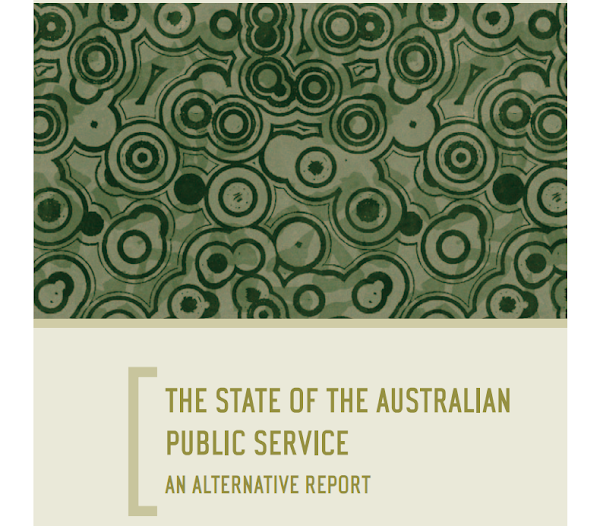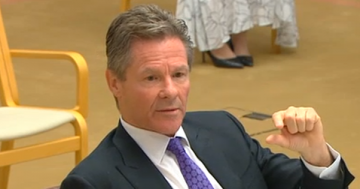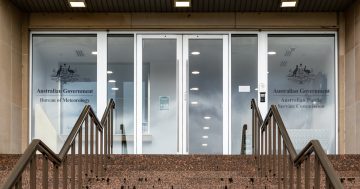
The Centre for Policy Development have released their “alternative report” on the state of the Australian Public Service.
Contrary to assertions that APS staff levels have ‘exploded’, there are now approximately as many people employed in APS agencies as there were in 1990, despite the Australian population growing by more than 16%. Following the retrenchment of almost one-third of APS employees between 1991-99, the workforce has gradually grown back to its former size.
Since 1990, the APS has become more top-heavy, with a growing and male-dominated Senior Executive Service and a corresponding reduction in the lower employment bands. There are enduring gender-based employment disparities including a higher proportion of women in lower-ranking positions and in non-ongoing and part-time employment. Despite most APS agencies adopting programs to achieve equal employment, people from Non-English Speaking Backgrounds, people with disabilities, Aborigines and Torres Strait Islanders are severely under-represented in the APS workforce.


















